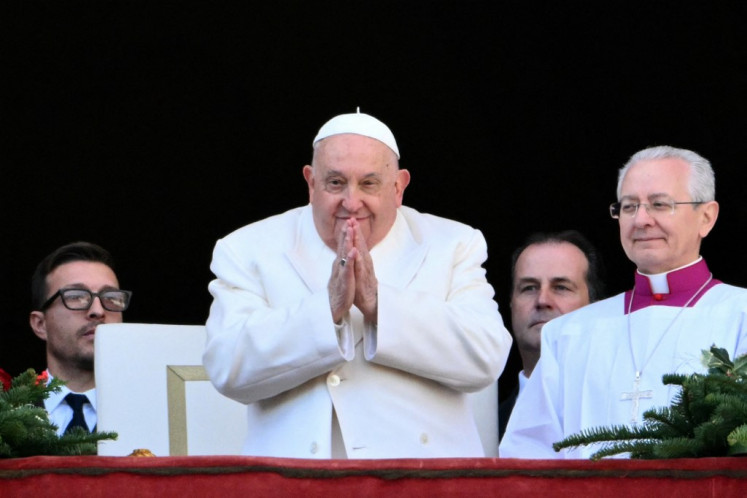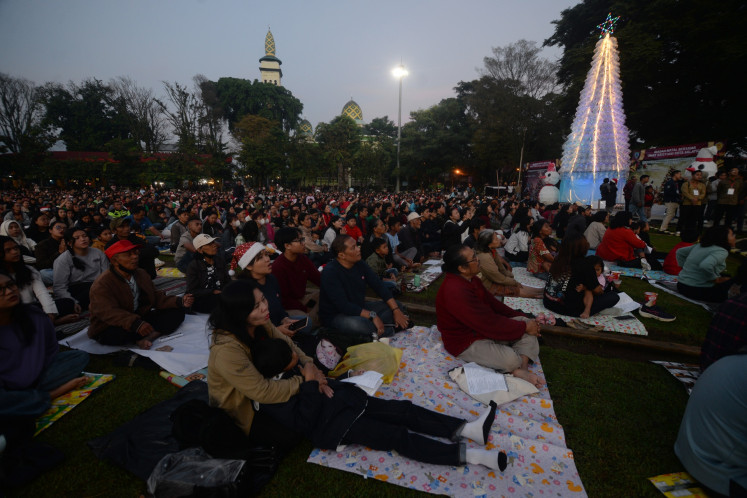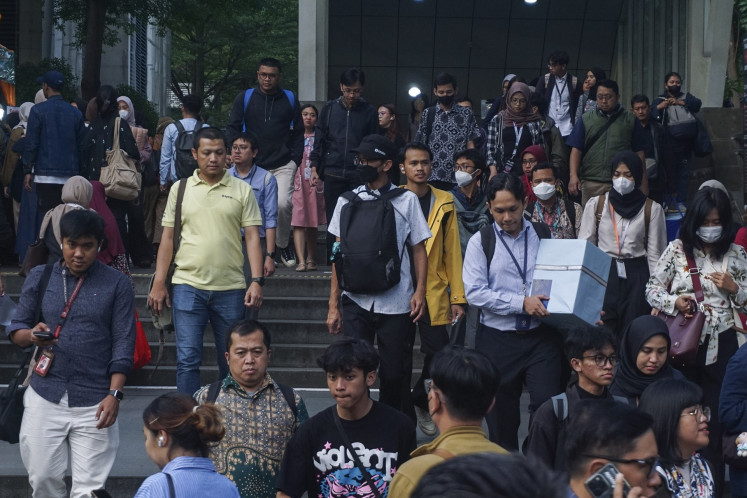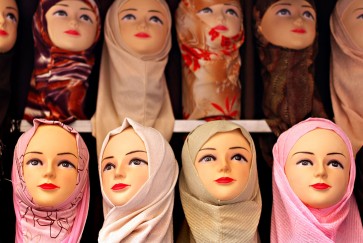Popular Reads
Top Results
Can't find what you're looking for?
View all search resultsPopular Reads
Top Results
Can't find what you're looking for?
View all search resultsTo veil or not to veil?
Muslim women who opt not to wear the headscarf are constantly under public scrutiny.
Change text size
Gift Premium Articles
to Anyone
T
he question of veiling has always been a heated debate, while in the past three decades Indonesia’s religious landscape has changed dramatically. Back in 1993, when veiling was not common nor an essential part of the identity of an Indonesian Muslim woman, I started to cover my head.
At my secular government school, the headscarf had never been part of the uniform and students who wore the veil were doing so out of their own free will.
There was no such heaven and hell narrative that scrutinized our physical appearance. Presentation and morality was not associated with religiosity in the public space.
My decision to begin veiling was against the background of growing modernity and globalization, where veiled girls were considered kampungan (from the countryside), fundamentalists or extremists.
Schoolgirls who decided to adopt this outfit daily while studying outside of an Islamic school were often considered as excessive. The modern form of Islamic dress was regarded as merely copying the Middle Eastern style and one could still be considered a good and pious Muslim without the jilbab (headscarf.)
Ironically, such criticism often came from Muslims, both men and women, old and young, educated and non-educated. People would voice their concern and assume that we should share the same views.
Discrimination faced by veiled women was still rampant despite Indonesia having the largest Muslim population.


















